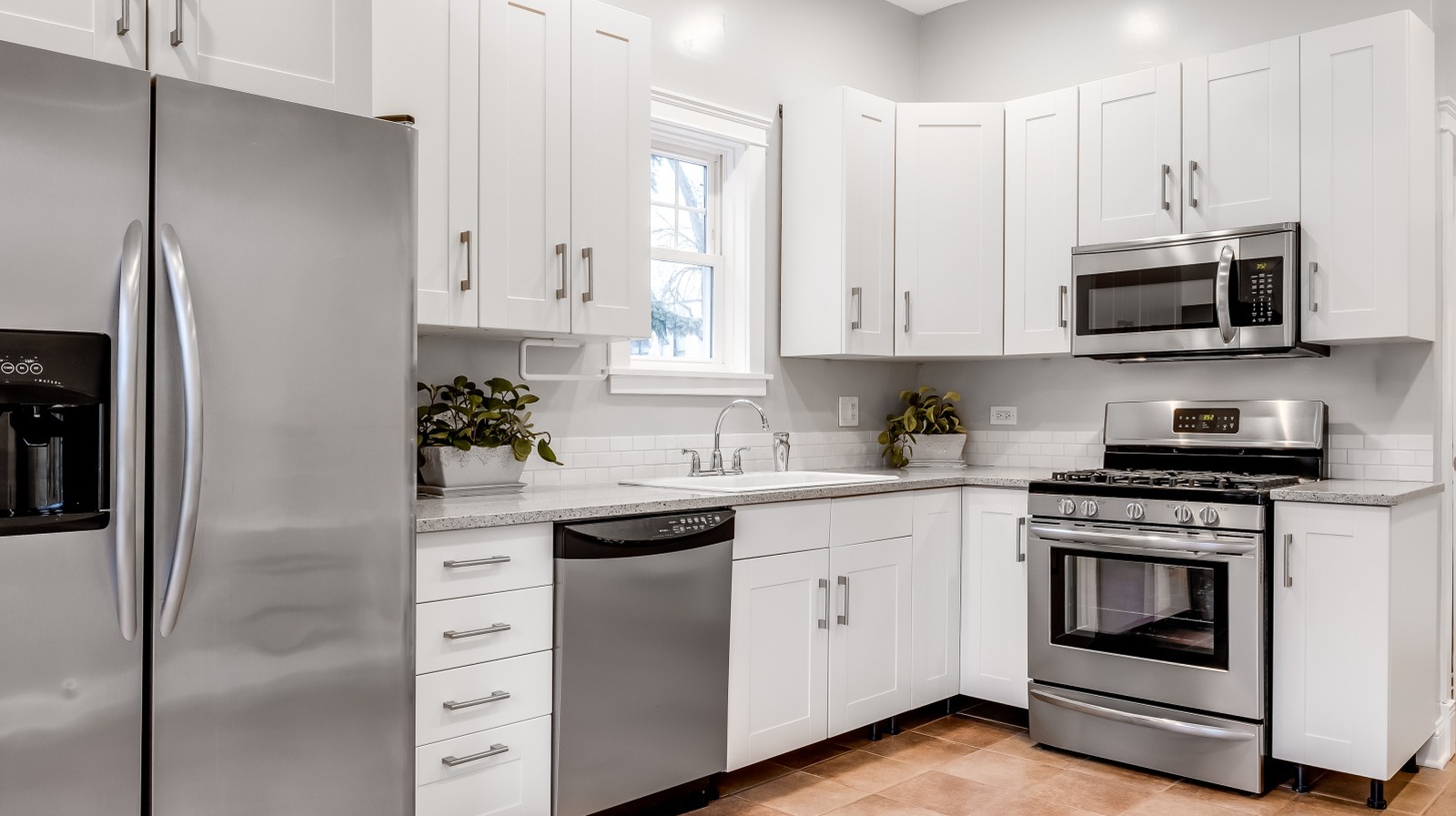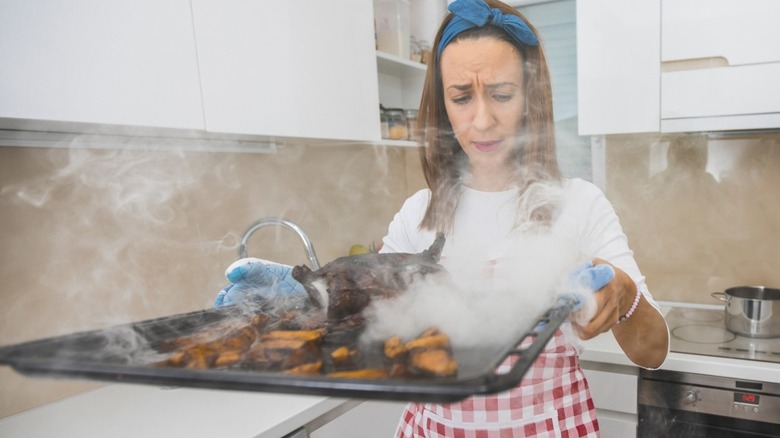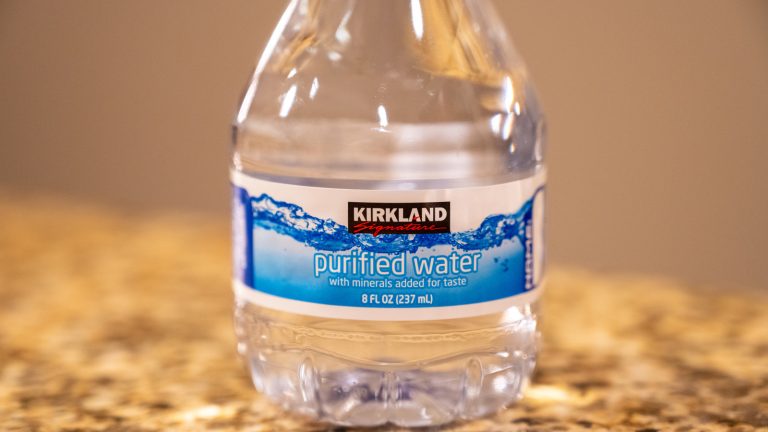We may receive a commission on purchases made from links.
Whether you have a charming old home that isn’t equipped with one or you’re stuck with one that’s out of order, not having a range hood in your kitchen can lead to a stuffy, smoky home. Range hoods are ventilation appliances typically installed above an oven or cooktop. They extract smoke, grease, and odors from the air as you cook and either expel them through a vent pipe located outside your home or filter and recirculate the air inside. New range hoods can be pricey, but luckily, there are other ways to ventilate your kitchen using household features and gear you may already have.
One of the easiest and most effective ways to ventilate a kitchen without a range hood is by opening your windows. Windows can stream polluted air outside while simultaneously inviting fresh air inside. If your home is equipped with window fans, they can expedite the process by creating a controlled airflow that actively draws smoke and odors out rather than relying on passive window ventilation. If you don’t have a window fan, turn on your home’s ceiling fans to circulate polluted air and direct it outside. If you live in a mild climate, where ceiling fans aren’t typically built into homes, you can use box fans or portable fans to achieve a similar effect. In addition to opening windows and circulating air using fans, invest in a HEPA air purifier to capture lingering airborne particles like smoke, grease, and odor-causing particles that fans alone might miss. The whisper-quiet Levoit air purifier is a bestseller on Amazon.
The importance of ventilating a kitchen
Cooking yields more than just delicious meals — it also releases moisture, grease, smoke, and other airborne particles into the air. Without proper ventilation, these pollutants can build up over time, settling on surfaces and making your kitchen harder to clean. In more serious cases, excess moisture can lead to mold growth, while lingering grease can attract unwanted pests and damage cabinetry.
Beyond cleanliness, ventilation is key to maintaining good indoor air quality. Stagnant air filled with cooking fumes can cause headaches, skin irritation, or respiratory discomfort, especially for foodies with allergies or asthma. Plus, without ventilation, your cooking sanctuary can overheat, making your favorite activity a back-breaking, sweat-inducing nightmare. Proper airflow keeps your kitchen environment fresh, comfortable, and safe for everyone in the home. But you don’t need to spend hundreds of dollars on a new range hood for effective kitchen ventilation. Use the resources you already have available so you can take all the time you need to save up for a more convenient, albeit expensive, ventilation system.






